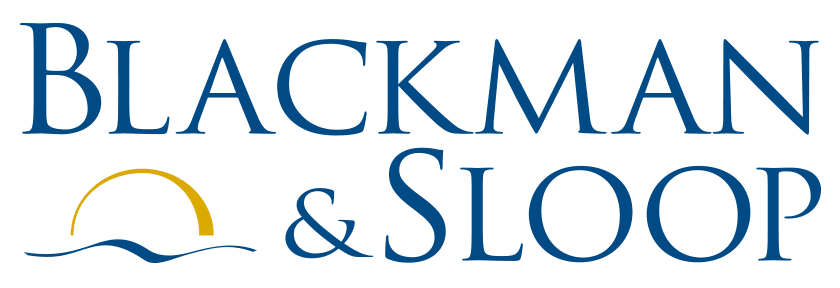Don’t Turn Your Back On CECL
By Amy Guerra, CPA
As calendar year end nonprofits have worked through the implementation of Accounting Standards Update (ASU) 2016-14, Not-for-Profit Entities (Topic 958): Presentation of Financial Statements of Not-for-Profit Entities, and turned their attention to implementing ASU 2014-09, Revenue Recognition, it’s important they don’t turn their back on another ASU.
ASU 2016-13, Financial Instruments – Credit Losses (Topic 326), Measurement of Credit Losses on Financial Instruments, was issued in June 2016 and, at first pass, many nonprofits may glance over this standard, thinking there is no implication for them—but that’s certainly not true. When credit losses and current expected credit losses (CECL) are mentioned, most people think of financial institutions. While the new CECL model will impact financial institutions, nonprofits also fall within the scope of ASU 2016-13. Trade and financing receivables, including program-related investments, are two financial instruments common to nonprofits that will be impacted.
Incurred Loss Model
Under current generally accepted accounting principles (GAAP), most nonprofits follow the incurred loss methodology, which is based on historical losses. A loss is recorded only after a loss event has occurred or is probable. That is, an allowance is booked in anticipation of future losses based on historical events.
Expected Loss Model
ASU 2016-13 replaces the model based on historical events with the CECL model, which is an expected loss model. Nonprofits will estimate credit losses over the entire contractual term of an instrument. The expected loss model reflects management expectations based on past events, current conditions, and reasonable and supportable facts. At each reporting date, the allowance equals an estimate of all contractual cash flows not expected to be collected over the life of the financial asset. The changes in estimate are a result from, but not limited to, changes in:
- Credit risk of assets held by the nonprofit
- Conditions since previous reporting date
- Reasonable and supporting forecasts about the future
Credit loss estimates under the expected loss model will require significant judgment.
Estimating Credit Losses
The CECL model gives management flexibility in selecting the most appropriate approach for their organization and the nature of its financial assets. Some possible methods for estimating expected credit losses include:
- Probability of Default/Loss Given Default Method
- Vintage Analysis Method
- Discounted Cash Flow Method
- Loss Rate Method
The new guidance does not set a threshold for recognition of an impairment allowance. Nonprofits need to measure expected credit losses for all financial assets, including those with a low risk of loss. Under GAAP, trade receivables which are current or not yet due may not require a reserve allowance but could now have an allowance for expected losses under ASU 2016-13.
Effective Date and Follow Up
The current effective date for ASU 2016-13 is for fiscal years beginning after December 15, 2020. On Aug. 15, 2019 the FASB issued a proposed Accounting Standards Update (ASU) to extend the effective date of ASU 2016-13 (among other ASUs—see related article on this page). The FASB has proposed a two-bucket approach to stagger the effective date for ASU 2016-13. All nonprofits, including those that have issued, or are conduit bond obligors for, securities that are traded, listed or quoted on an exchange or an over-the-counter market are included in bucket two. ASU 2016-13 would be effective for all entities classified in bucket two for fiscal years beginning after December 15, 2022, including interim periods within those fiscal years. Early adoption will continue to be permitted. The comment period on the proposed ASU will end on September 16, 2019.
Until the final effective date is announced, acknowledging ASU 2016-13 applies and becoming familiar with the impact is the most important thing a nonprofit can do relating to CECL.
For more information, contact Amy Guerra, Senior Manager, at aguerra@bdo.com.
For more information from Blackman & Sloop, please contact Deetra B. Watson.
